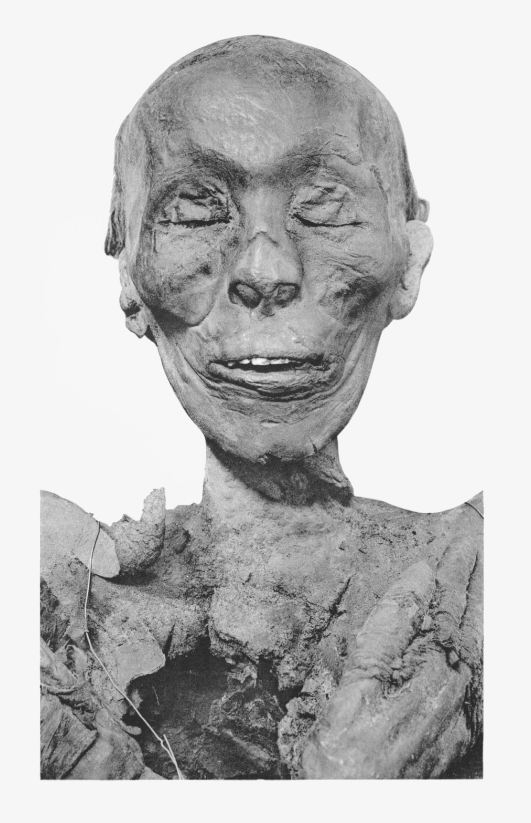There are several ancient sites in Egypt which are extremely important to the Egyptologists to understand the history of pharaoh period Egypt. A team of archaeologists working on one of the most famous archaeological sites has found a stone chest containing a sacrificial goose and ceramic box.
Researchers believe that the finding in the heart of a royal cemetery in Deir el-Bahari could be extremely important as they may indicate the lost tomb of the Pharaoh Thutmose II, who died more than 3,500 years ago. They found the ancient artefacts on the banks of the Nile and the site is not far from the famous sites of Luxor and Karnak.
Who was Thutmose II
Thutmose means "born of Thoth", while Thoth was the god of scribes and considered to be the heart and tongue of Ra. Thutmose II was the 4th pharaoh of the 18th dynasty in Egypt. He married to his half-sister, Hatshepsut and as per the historians, their son Thutmose III grew to be one of the greatest leaders ancient Egypt had ever seen.

It should be noted that earlier even after prolonged research work, scientists failed to find the royal tomb and the mortuary temple for Thutmose II. But his mummified body was found with the royal cache of mummies at Deir el-Bahari.
His mummy was in poor shape when late Egyptologist Gaston Maspero found it in 1886. The condition of the pharaoh's mummy revealed that he was physically a weak man. He had a thin body and his skull was bald in patches. As per the experts, all these indications, in addition to the condition of his skin, were likely due to a disease that killed him.
Recent findings at Deir el-Bahari
The recent discovery was made by a team from Poland's Warsaw University's Institute of Archaeology, led by professor Andrejz Niwiński. One of the recently discovered artefacts was inscribed with the name of the Pharaoh Thutmose II. As per the Egyptologists, the finding could lead them to a not-yet-discovered royal tomb.
The discovery, which was reported by Polish Press Agency (PAP), includes two parts -- one is a stone chest, roughly 16 inches long and slightly less tall and the second one includes a bundle that contained a glazed ceramic ware (faience) box enclosed in a wooden box wrapped in four layers of linen canvas.
In terms of the first part of the discovery, the stone chest, the Egyptologists believe that it was well-camouflaged and "looked like a regular stone block," but contained a number of packages wrapped in linen canvas. Andrzej Niwiński, a professor at the Institute of Archeology of the University of Warsaw, told PAP that "It was only after closer inspection that it turned out to be a box."

As per the researchers, one of the packages consisted of the skeleton of a goose that had been sacrificed, a goose egg and wooden crate that contained another egg wrapped in cloth. As per the experts, the egg is likely that of an ibis.
The ceramic box found in the excavation contains a clue to the owner of the "royal deposit" which is inscribed in hieroglyphs is one of Thutmose II's many names.
Thutmose II and Hatshepsut
It should be noted that after ruling for three years (circa 1482 to 1479 BCE), the wife of Thutmose II, overshadowed him and went to become first female pharaoh to rule Egypt during ancient Egypt's Eighteenth Dynasty.
As per the Met Museum, Hatshepsut took over as regent for her stepson Thutmose III (born to Thutmose II's first wife) after her husband's death and within a few years, she upgraded her status from senior co-ruler to King. She ruled as pharaoh for around two decades before her own death.









